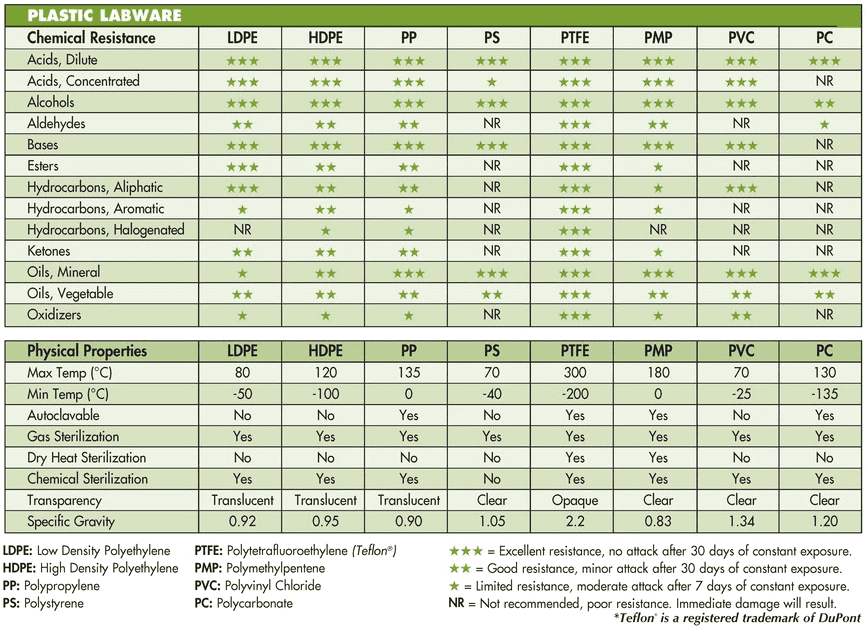As technology has made it possible to create higher quality plastics, many scientists and lab professionals, along with science educators, have switched from using glass to plastic labware. Plastic may be a popular choice for science classrooms, but it’s still very important for science educators to look carefully at the quality and chemical resistance before making the switch.
Glass vs Plastic in the Science Classroom Lab
Historically, glass has been the go-to material for science labware. Its chemical resistance, durability, clarity, and affordability set the standard for science labs and classrooms. However, there are many benefits to quality plastic labware, which have made it a popular option. Here are a few facts about glass and plastic labware that may impact your decision:
Glass Labware Facts:
- Best for use with direct heat
- Reusable
- Most common in higher education & research
- More suitable for secondary students
Plastic Labware Facts:
- Durable (greater impact resistance)
- Reusable (potentially recyclable)
- Lighter weight
- Ideal for younger students

Choosing Safe Plastic Labware: Chemical Resistance
Certain types of plastic may not be safe, depending on the chemicals you and your students will be working with. This chart highlights several of the most popular plastic labware options and rates their chemical resistance.
Shop All Lab Supplies and Labware
Do You Have the Right Protective Eyewear for the Lab?
Read More Science & STEAM
Getting students engaged and excited about Science can be a challenge, but finding inspiration doesn’t need to be. Stop by the STEAM/STEM category page to find ideas for activities, 21st century learning trends, and great ways to engage with future scientists of all ages.
Also be sure to stop by the online store to find thousands of quality Science education products and tools to make this the best year yet.







Leave a Reply